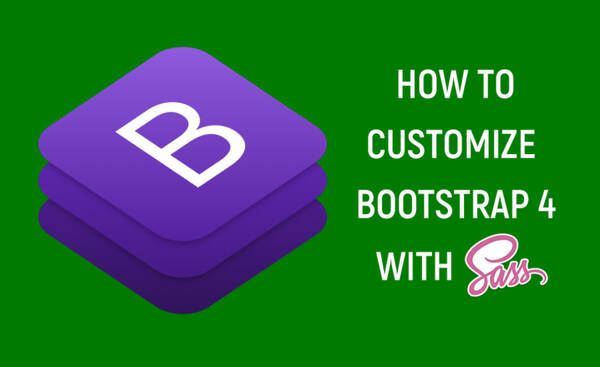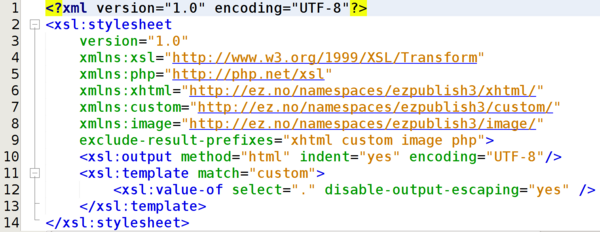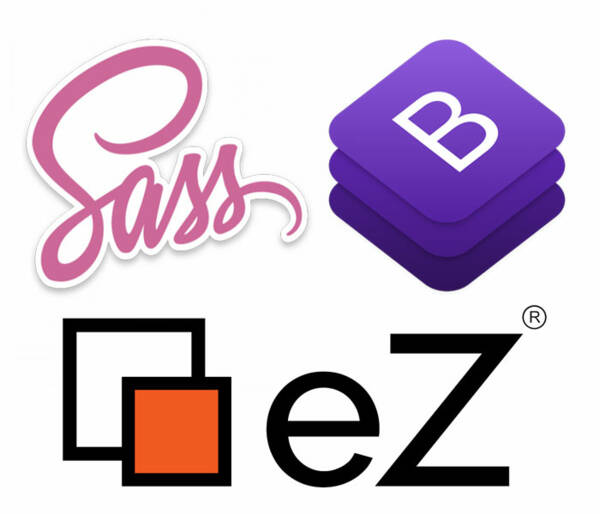Google Maps is an almost ubiquitous tool and can be incredibly useful to integrate into your site. There’s a lot of versatility in its uses, but depending on how much you’re asking it to do, the results might not be optimal. When you have a huge dataset to display on Google Maps, the performance tends to slow down. When that data is spread across a large geographic area, the issue can be compounded. As you zoom out and more markers try to load, your map can slow to a crawl. What was a useful tool now becomes a point of frustration for visitors to your site. Let’s take a look at the technique that can be used to improve the performance of maps with large datasets.

Some months ago I listed 7 reasons why you should be using Sass over conventional CSS to build stunning websites. One of these reasons is the ability to customize Bootstrap, the most used front-end framework in the world. In this blog post, I will explain some basic concepts to enhance Bootstrap 4 with Sass to deliver a unique and delightful user experience.
How many times have you found yourself editing and tuning up CSS or JavaScript code right in the browser, then refreshing the page only to lose all of your changes? Improving development workflows can help web developers to be more efficient and deliver a higher quality final product.

In a previous blog post we covered how to create custom tags in eZ Platform (with the legacy bridge or eZ Publish 5.x). The most difficult part of that process was building the XSL to output the custom tag HTML. But there's a simpler way to do it, which allows the developer to use Twig template code instead of XSL.

Writing CSS (Cascading Style Sheets) is critical to effectively describe how HTML elements must be displayed on a web page to define styles, design, layout, and everything you need to create a stunning website. But when you start working with large, complex sites, you might start to wonder if CSS could be better. If you are having these thoughts, congratulations! Your SASS time has come.